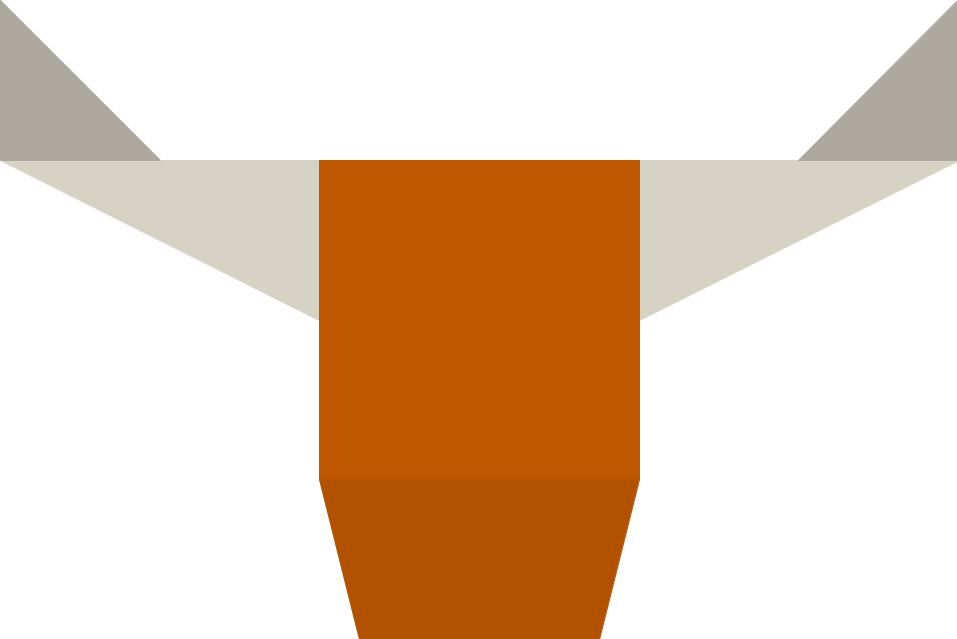Interactive Valid Intervals
This demo interactively displays the valid intervals we found using our new algorithm for three different group presentations.
On the left you’ll find the geodesic automata which represent each of three different groups which are listed below:
- Free Product of Cyclic Groups of Orders \(2\) and \(3\): \(\langle a, b | a^2 = b^3 = 1 \rangle\)
- \((3, 3, 4)\) Triangle Group: \(\langle a, b, c | a^2 = b^2 = c^2 = 1, (ab)^3 = (ac)^3 = (cb)^3 = 1 \rangle\)
- Surface Group: \(\langle a, b, c, d | adc^{-1}ba^{-1}d^{-1}cb^{-1} = 1 \rangle\)
You can hover over nodes of this graph to see the outgoing directed edges and their labels. (For the surface group, capital labels represent the inverse of a generator).
On the right you’ll find the valid intervals of \(\mathbb{RP}^1\) that our algorithm was successfully able to find. The main condition of the theorem we use here requires that when we have an edge exiting from a node, the interval associated to that node must contain the image of the node which the edge enters under the \(\text{SL}(2, \mathbb{R})\) matrix which corresponds to the label of the edge. To get a feel for what is happening, hover over the nodes on the left to see which images they needed to contain.
There are two ways to view the intervals on the right; the line version, and the circle version of \(\mathbb{RP}^1\). They both display the same information, but when there are many intervals we need to display (like for the surface group), it’s useful to display each of these on separate copies of \(\mathbb{RP}^1\) which we cut and layout in rows.
